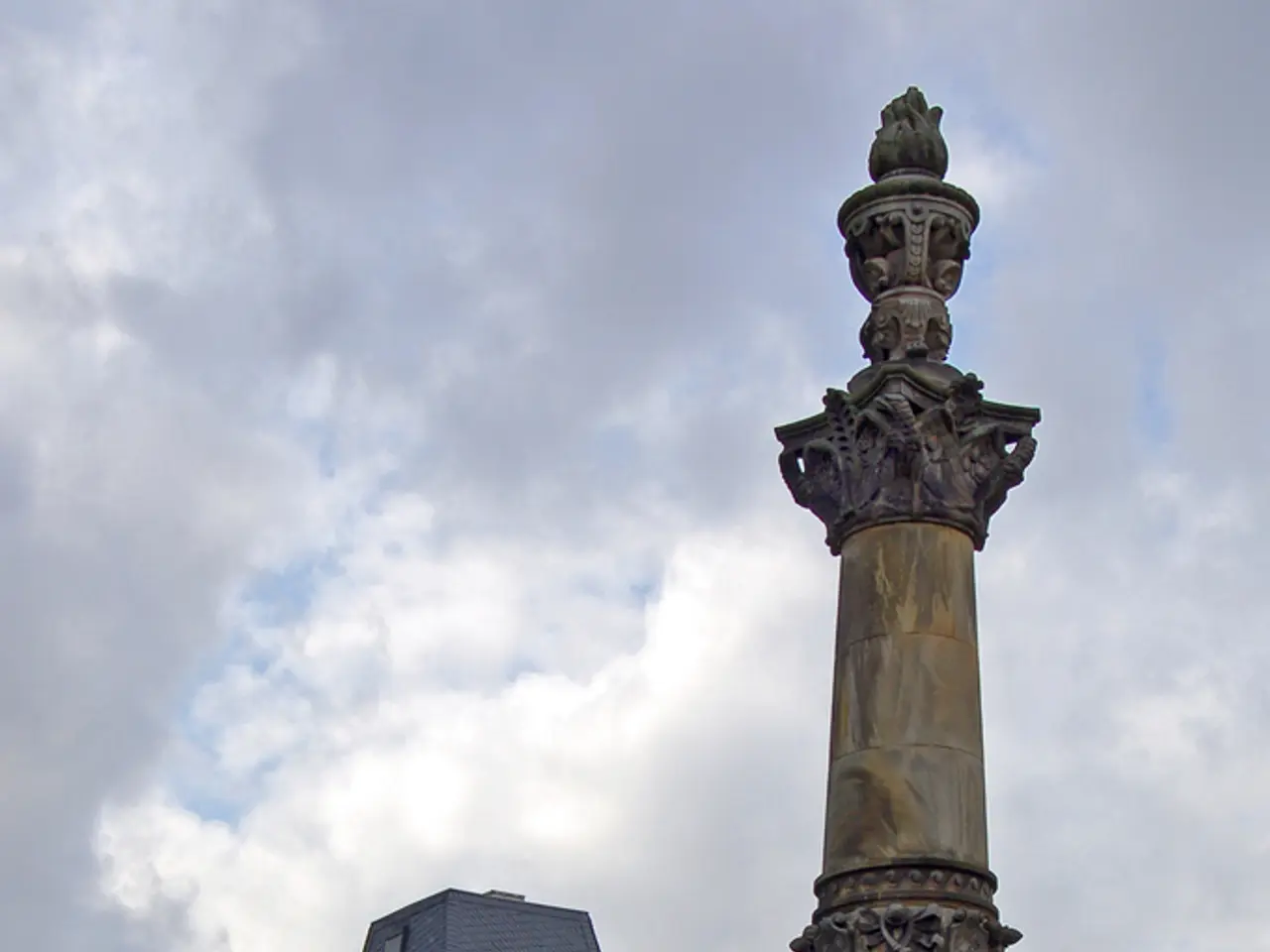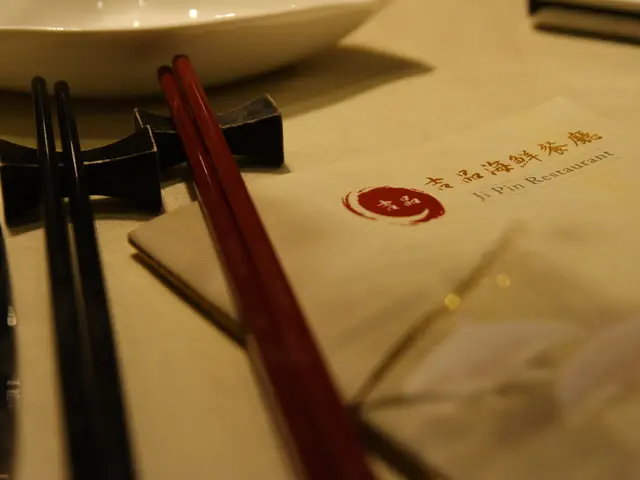Exploring the Charm of Lisbon, Portugal: Unveil Its Rich History, Vibrant Culture, and Heart-Warming Ambiance
Lisbon, Portugal, a city steeped in history and culture, welcomed Joseph Xavier Martin on Monday, June 16, for an enlightening tour that showcased its layered past under various ruling cultures.
The tour commenced at 8:30 A.M, led by the knowledgeable guide Maria, who navigated through the city's narrow, winding streets, pointing out key landmarks and architectural wonders.
Lisbon's origins date back to the Phoenicians, who founded it as a trading center around 1200 BCE. The city's strategic location and natural harbor made it an ideal hub for maritime trade routes.
Under Roman rule, Lisbon (known as Olisipo) flourished, becoming an essential city within the empire. Roman infrastructure and governance consolidated its significance as a regional center.
The Moors, who controlled Lisbon for several centuries, left an indelible mark on the city. They fortified Lisbon with walls and repurposed the alcazar, which later became the Portuguese monarchy's castle. The cultural and architectural influence of the Moors can still be seen in the city's layout and early buildings.
In 1147, Lisbon was conquered by Portuguese and allied Crusader forces under King Afonso I, marking a significant moment in the Christian Reconquista. Lisbon became the capital of Portugal in 1256, establishing its political importance. King Denis I founded a university there in 1288, fostering the city's cultural and educational development.
The 14th-century conflicts, such as the 1384 siege by Castilian forces, further solidified Lisbon's resilience. During the 15th and 16th centuries, Lisbon emerged as the center of the Age of Discoveries, a golden era when it became a major global maritime power. Explorers like Vasco da Gama launched groundbreaking voyages from its port, connecting Europe with Africa, Asia, and the Americas.
The Discovery Monument, built in 1962 to commemorate the fifth centennial of Prince Henry the Navigator's death, stands as a testament to this era. The monument, shaped like the white marble prow of a ship, pays tribute to various classes of Portuguese people who contributed to the discovery of new lands. Prince Henry the Navigator stands at the middle of the prow. Along the sides of the monument, there are 20-foot stone statues of various occupations that supported exploration.
A stone relief map of the world lies in front of the Discovery Monument, offering a glimpse into Portugal's maritime empire during the Age of Discoveries. The monastery of St. Jerome, now a World Heritage museum, was constructed between 1502 and 1602 and features ornate chapels, religious icons, gold-leafed statuary, and tiled friezes.
The tour continued with a stop at Bonzini's, a small bistro with a dozen tables in a cozy bar area. A Caesar salad with fresh shrimp, accompanied by fresh grain bread and olive oil, was served, while the barman, who spoke fluent English, recommended a "Pacheco" red wine. The cost of the meal and tip came to €40.
As the tour concluded, the blooming Jacaranda trees, first introduced to the area in 1306, presented a delightful shade of pink, offering a beautiful ending to a day filled with historical discoveries.
[1] Smith, A. (2019). A History of Lisbon. Yale University Press. [2] O'Brien, J. (2008). Lisbon: A Cultural History. Reaktion Books. [3] Ferreira, M. (2005). A History of Portugal. Routledge. [4] Keen, M. (2003). Lisbon: A Cultural History. University of California Press.
With each step through Lisbon's historic streets, Joseph Xavier Martin immersed himself in the city's rich layers of travel, culture, and lifestyle, as demonstrated by its diverse influences under various ruling cultures.
Furthermore, as the tour peaked at the Discovery Monument, Martin was encapsulated by the monument's embodiment of the city's travel-focused past, having been a prominent hub for maritime trade routes and the Age of Discoveries, consequently shaping Lisbon's culture and lifestyle.




